Start Here
Homepage Bottom Form
We will get back to you as soon as possible.
Please try again later.
What to Keep and What to Throw Away After a House Fire
🔥 What’s Safe to Keep and What to Throw Away After a Fire
Your essential guide from House Fire Solutions
When a fire impacts your home, deciding what’s safe to keep can be confusing — and dangerous if you’re not sure what’s been contaminated.
Smoke, soot, heat, and firefighting chemicals can all cause hidden damage, even to items that look fine.
Use this guide to help you make safe decisions.
🧺 1. Food and Beverages
❌ Throw Away Immediately
- Any food exposed to heat, smoke, or soot, even if sealed.
- Open containers (flour, sugar, cereal, spices, etc.).
- Food in plastic bags or cardboard boxes — they absorb toxins easily.
- Canned goods exposed to extreme heat — high temps can break the seal or cause bacteria growth.
- Frozen or refrigerated food if:
- Power was out for more than 4 hours.
- Soot or smoke entered the fridge/freezer.
- The appliance itself was near the fire.
- Baby food, formula, or powdered supplements stored anywhere near the fire.
✅ Usually Safe to Keep
- Sealed canned goods stored far from heat and smoke (check for bulges or corrosion first).
- Bottled water or beverages stored in glass or metal containers away from fire exposure.
- Unopened food stored in another part of the home unaffected by smoke or high temperature.
💊 2. Medications and Vitamins
❌ Throw Away
- Prescription or over-the-counter meds exposed to heat, smoke, or water.
- Vitamins or supplements in plastic bottles (can absorb toxins).
- Medical creams or liquids stored in damaged packaging.
✅ Safe to Keep
- Medications sealed in airtight containers far from fire or heat (confirm with your pharmacist).
- Unopened items from a completely unaffected room with no smoke odor.
🧸 3. Baby & Child Items
❌ Throw Away
- Pacifiers, bottles, nipples, and teething toys — porous and absorb toxins.
- Baby formula, food jars, and pouches exposed to heat or smoke.
- Soft toys, stuffed animals, or blankets with any smoke odor or soot.
- Car seats, strollers, or highchairs affected by heat (plastic can warp or weaken).
✅ Safe to Keep
- Hard toys made of nonporous materials (plastic, metal) that can be thoroughly cleaned and disinfected.
- Baby furniture from an unaffected area, once cleaned with non-toxic disinfectants.
🛏️ 4. Bedding, Mattresses, and Upholstery
❌ Throw Away
- Mattresses or couches with smoke, soot, or water damage.
- Pillows, comforters, and stuffed bedding (retain odor and toxins).
- Upholstered furniture near the fire — foam and fabric absorb carcinogens.
✅ Safe to Keep
- Bedding or curtains in sealed bags or from an unaffected room.
- Leather furniture cleaned by a professional restoration service.
- Items labeled “dry-clean only” that can be processed by a smoke restoration cleaner.
👚 5. Clothing, Shoes, and Accessories
❌ Throw Away
- Clothing burned, melted, or heavily smoke-damaged.
- Shoes or handbags with warped soles or soot residue.
- Children’s clothing that smells of smoke (toxins linger even after washing).
✅ Safe to Keep
- Clothes from unaffected closets or sealed bins.
- Washable items with mild smoke odor — can often be cleaned using ozone or professional laundry restoration.
- Jewelry, watches, and metal accessories (wipe and polish).
🖥️ 6. Electronics and Appliances
❌ Throw Away
- Electronics or appliances exposed to heat, smoke, or moisture.
- Devices that smell burnt, have melted cords, or visible soot inside vents.
- Smoke-damaged computers, TVs, or microwaves — can short circuit.
- Any appliance that was plugged in during the fire.
✅ Safe to Keep
- Electronics from unaffected rooms, after inspection by a licensed technician.
- Unplugged devices kept in sealed boxes away from smoke.
🍽️ 7. Kitchenware and Utensils
❌ Throw Away
- Non-stick pans (coatings can release toxins after heat exposure).
- Wooden utensils or cutting boards (porous, hold soot and bacteria).
- Melted or discolored plastic containers.
- Damaged dish sponges and towels.
✅ Safe to Keep
- Metal, glass, or ceramic cookware — wash with hot soapy water and disinfectant.
- Stainless steel or solid utensils with no visible damage.
- Porcelain or enamel items not exposed to extreme heat.
🏠 8. Home & Building Materials
❌ Throw Away / Replace
- Burned drywall, insulation, or paneling.
- Soot-covered carpets or padding.
- Smoke-damaged ceiling tiles or vents.
- Melted or charred wiring, outlets, and switches.
- Flooring with trapped soot or water underlayment.
✅ Safe to Keep
- Tile, stone, or sealed hardwood floors (after professional cleaning).
- Undamaged plumbing fixtures, metal fittings, and hardware.
- Unaffected walls or materials in other rooms (after air-quality testing).
🖼️ 9. Sentimental & Personal Items
❌ Throw Away
- Photos, documents, or letters soaked or covered in soot beyond recovery.
- Books with heavy smoke odor (paper absorbs toxins).
- Paper artwork or certificates damaged by water.
✅ Safe to Keep / Restore
- Photos and documents with light soot can be professionally restored.
- Jewelry, medals, and metal keepsakes (clean with mild soap and polish).
- Artwork behind glass (if not heat-damaged).
- Important papers scanned before disposal for recordkeeping.
🐾 10. Pet Items
❌ Throw Away
- Pet food, treats, or supplements stored near the fire.
- Pet bedding, collars, or toys with smoke odor or soot.
- Aquariums or cages with melted plastic or heat warping.
✅ Safe to Keep
- Metal bowls, leashes, and toys that can be disinfected.
- Pet carriers or crates stored far from the fire (clean thoroughly).
⚙️ 11. Tools, Garage, and Outdoor Equipment
❌ Throw Away
- Fuel containers, gas cans, or propane tanks exposed to heat.
- Melted extension cords, hoses, or plastic tools.
- Gardening chemicals or fertilizers stored near the fire.
✅ Safe to Keep
- Hand tools made of metal (clean with oil and rust remover).
- Bicycles, grills, and outdoor furniture if undamaged.
- Power tools stored in unaffected areas (inspect before use).
💨 12. Air Quality and Cleaning Supplies
❌ Throw Away
- Open cleaning chemicals (can react with soot).
- Burned or melted air filters and purifiers.
- Old sponges, mops, or cloths used in smoke cleanup.
✅ Safe to Keep
- New, sealed cleaning products kept in cool storage.
- Unused HEPA filters for later air purification.
💡 House Fire Solutions Tip:
If you have any doubt, throw it out — especially when it comes to food, medicine, or baby items.
Safety and health always come before replacement costs.
Our Team Helps You Navigate Insurance, Restoration, and Rebuilding
It is a long established fact that a reader will be distracted by the readable content of a page when looking at its layout.
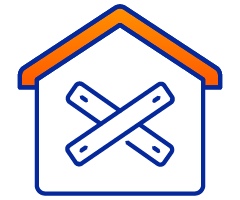
Board-Up
Our Network of Board Up Specialist Will Secure your property fast
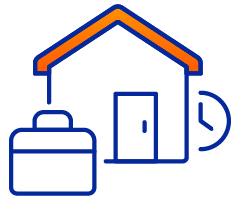
Temp Housing
We'll Help You Find Safe Shelter while you recover
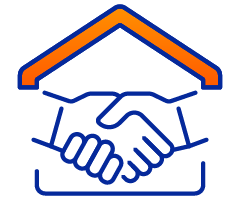
Public Adjusters
Our Network of Fire Damage Adjusters Will Fight Help for a fair insurance payout
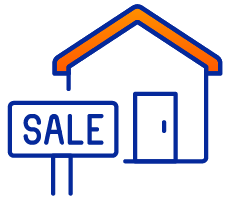
Investors
Our Partner Specializes in Buying Fire Damaged Homes So you Can Sell your home as-is
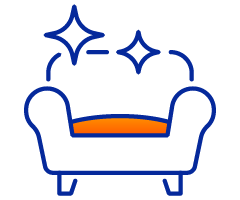
Content Cleaning
Restore what matters most
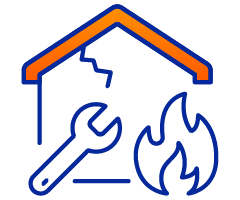
Restoration
Bring your home back to life
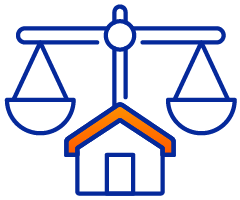
Attorneys
We have a network of Protect your rights and claims

Mental Health
Support for you and your family
Want To See If We Can Help You
If you'd like to speak with us today about purchasing Social Security, Personal Injury, Workers' Compensation or Employment Law Leads.
Homepage Bottom Form
We will get back to you as soon as possible.
Please try again later.